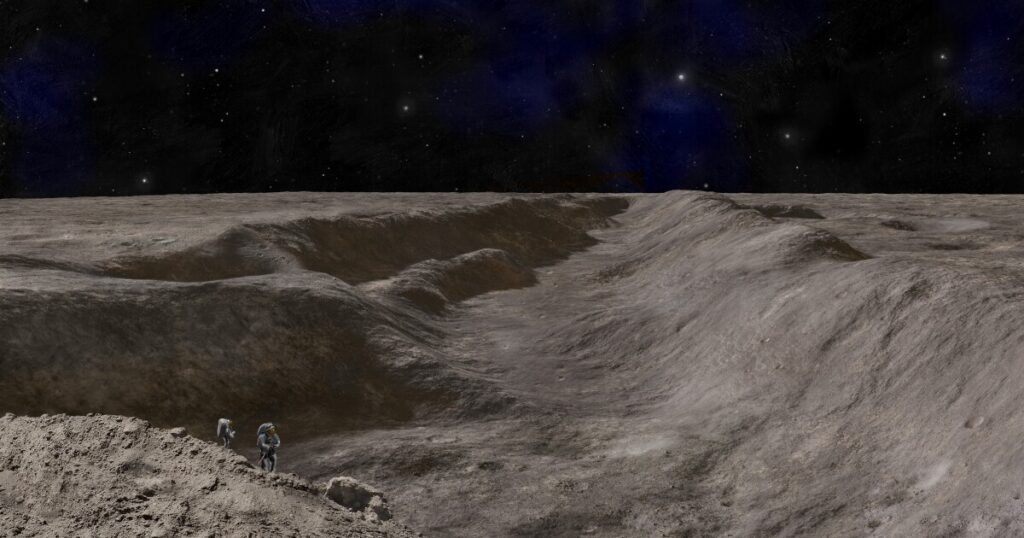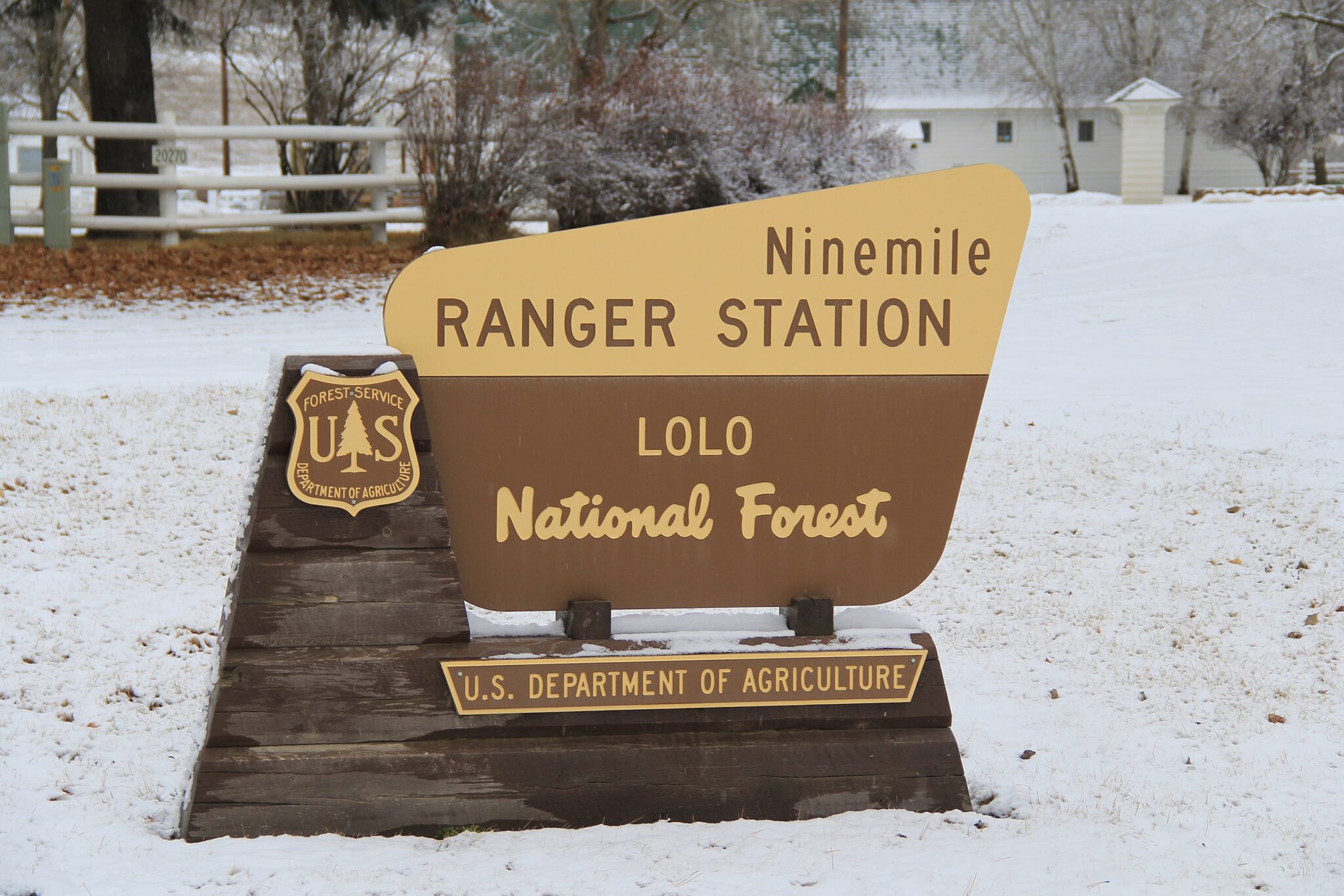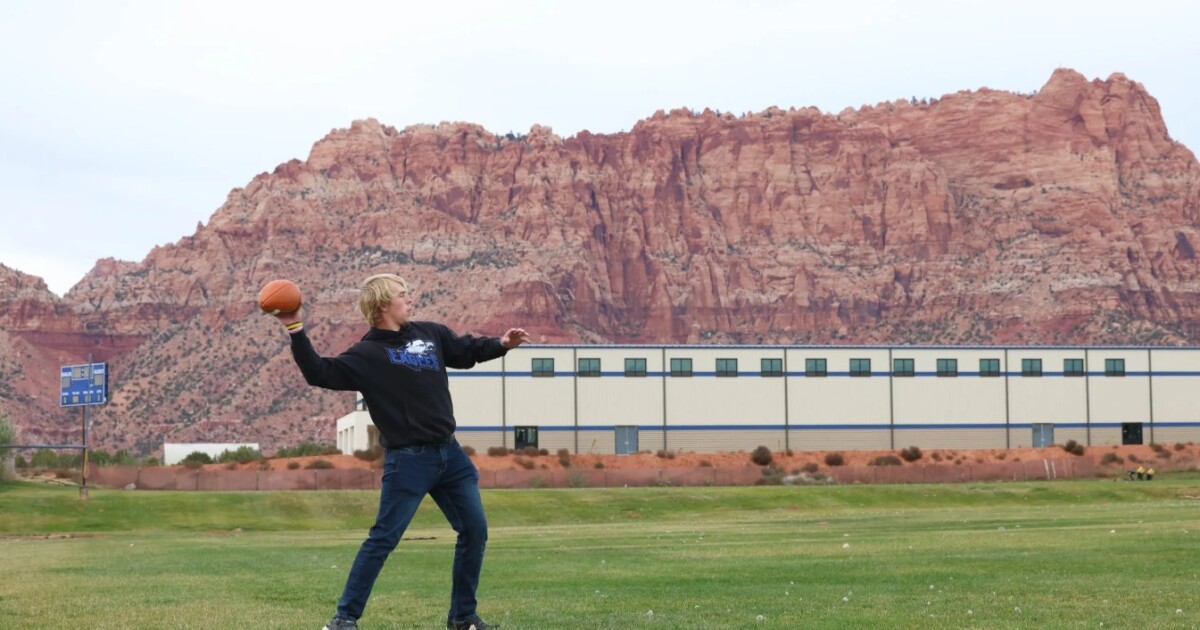On the moon’s far side lies a geological wonder akin to Earth’s Grand Canyon, but in the form of two colossal canyons. Recent research published in Nature Communications delves into their rapid formation following an asteroid strike. Melissa Sevigny of KNAU discussed these findings with Flagstaff’s planetary scientist, David Kring, from the Lunar and Planetary Institute.
Exploring the Schrödinger Impact Basin
David Kring explained, “Before the current Artemis program there was a Constellation program… and NASA went to the National Academy of Sciences and said: what are our national priorities if we go back to the moon?… And as it turned out the Schrödinger impact basin, which is on the far side of the moon, hidden from our view, was the best place to do the most science.” Over the past 15 years, this impact site has been a focal point of study, recently turning attention to the debris ejected during its formation, leading to insights about the twin canyons.
The Astounding Formation Process
Kring detailed the cause of these canyons: an asteroid, approximately 25 kilometers wide, collided with the moon around 3.8 billion years ago. This event expelled debris that included two substantial streams of rocks. Upon re-impacting the lunar surface, these materials created a sequence of massive craters. Kring described the process as a “staccato fashion — boom, boom, boom, boom,” resulting in the long, linear canyons.
Comparing Lunar and Terrestrial Canyons
These lunar canyons are comparable in width to the Grand Canyon, ranging from 20 to 27 kilometers across, but are deeper at 2.7 to 2.5 kilometers. Kring noted, “Everybody’s familiar with the Grand Canyon, our beloved Grand Canyon. It’s roughly, if you go along the Bright Angel Trail, about 25 kilometers across. Our canyons are similar, they’re 20 to 27 kilometers across. They’re a little bit deeper, they’re 2.7 to 2.5 kilometers deep.” Unlike the Grand Canyon, which took millions of years to form, these lunar structures emerged in mere minutes.
Imagining a Hike on the Moon
The lunar landscape presents a smoother topography, interspersed with numerous small craters due to constant asteroid and comet impacts. Kring explained that while hiking these moon canyons, “If you were standing on the rim… you could look down the length of this canyon from the rim, not something you can do with our Grand Canyon.”
The Significance of Lunar Research
Studying the moon provides a unique lens into Earth’s ancient history. As Kring put it, “If you really want to understand what happened in the first 5-6-700 million years of Earth’s history, you have no other choice but to go to the moon.” The moon’s landscape, including regions with elevations surpassing Mount Everest, offers insights that would be celebrated as national parks if present on Earth.
“It’s fun to go to the moon and understand and appreciate that you’re also getting a better understanding of home,” Kring remarked, highlighting the excitement and significance of lunar exploration.
—
Read More Arizona News










